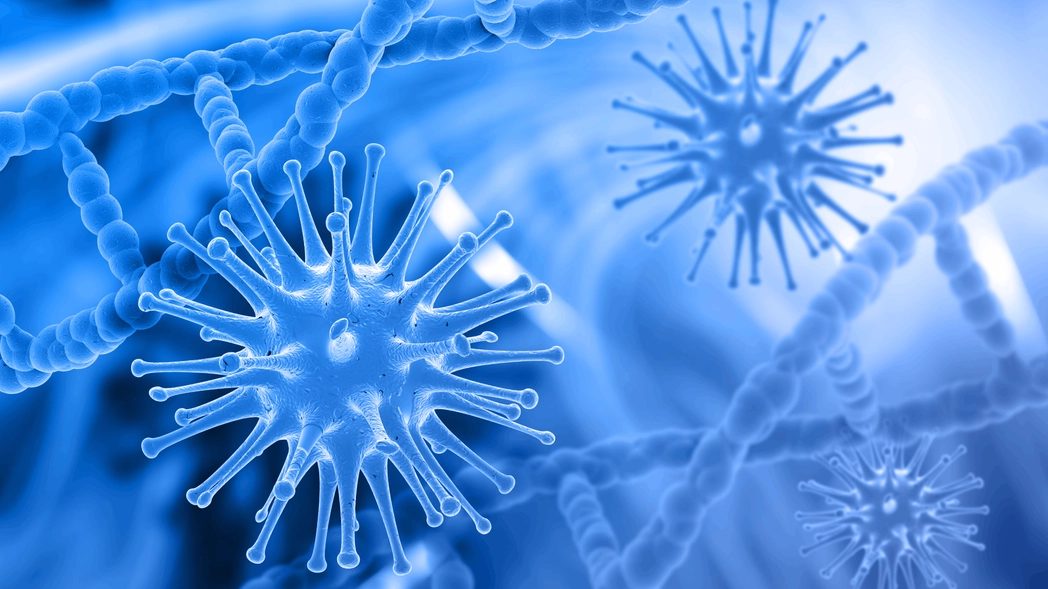Bone loss may occur due to various causes, including severe injuries and inflammation disorders like periodontitis. Additionally, tissues may be damaged by heterotopic ossification – a pathogenic process causing extraskeletal bone formation in soft tissues that occurs due to surgeries, wounds, and other conditions.
These disorders significantly decrease patients' quality of life and may lead to various terrible health consequences. Still, medical bone regeneration methodologies are poorly studied, and currently, scientists are rapidly researching this topic.
For instance, recently, a group of clinicians from the University of Michigan School of Dentistry published a paper describing bone morphogenetic proteins (BMP) – molecules essential for bone formation and healing – and their possible implementation in therapy.
What did scientists study?
BMP clinical application involves various complications – high doses of the protein are toxic for human organisms and may lead to oncogenesis and toxicity. Additionally, its uncontrolled activity may cause abnormal bone formation. Thus, scientists started to dig deeper and researched BMP's signaling system, trying to figure out how to control protein secretion inside the human body, eliminating the need for external injection.
As it turned out, Discodine Domain Receptor 2 (DDR2) – is crucial in BMP signaling. This receptor effectively regulates BMP activity in human tissues and coexpresses with the GLI1 molecule, a biomarker of skeletal stem cells that is essential for bone formation, as scientists revealed during an experiment in a mouse model.
Why it's important?
According to Renny T. Franceschi, senior research author, these findings shed light on human bone biology and create opportunities for the DDR2 implementation in therapeutic intervention "to enhance bone regeneration and address conditions like heterotopic ossification.".
Additionally, this research may lead to the creation of therapies for severe inherited genetic disorders, such as fibrodysplasia ossificans progressiva, that are characterized by abnormal bone formation.
Read other biology-related articles on out Nesfeed:







 International
International  UK
UK  Kuwait
Kuwait  Nigeria
Nigeria  Kenya
Kenya  Japan
Japan  USA
USA  France
France  UAE
UAE  South Africa
South Africa  Ethiopia
Ethiopia  Australia
Australia  Canada
Canada  Germany
Germany  Bahrain
Bahrain  Egypt
Egypt  India
India  Pakistan
Pakistan  Mexico
Mexico  Switzerland
Switzerland  Qatar
Qatar  Algeria
Algeria  Angola
Angola  Malaysia
Malaysia  Argentina
Argentina  Italy
Italy  KSA
KSA  Morocco
Morocco  Ghana
Ghana  Indonesia
Indonesia  Brazil
Brazil  Austria
Austria  Turkey
Turkey  Côte d’Ivoire
Côte d’Ivoire  South Korea
South Korea  Colombia
Colombia 

































